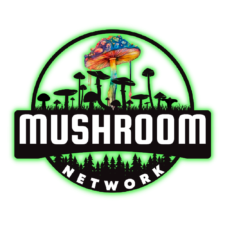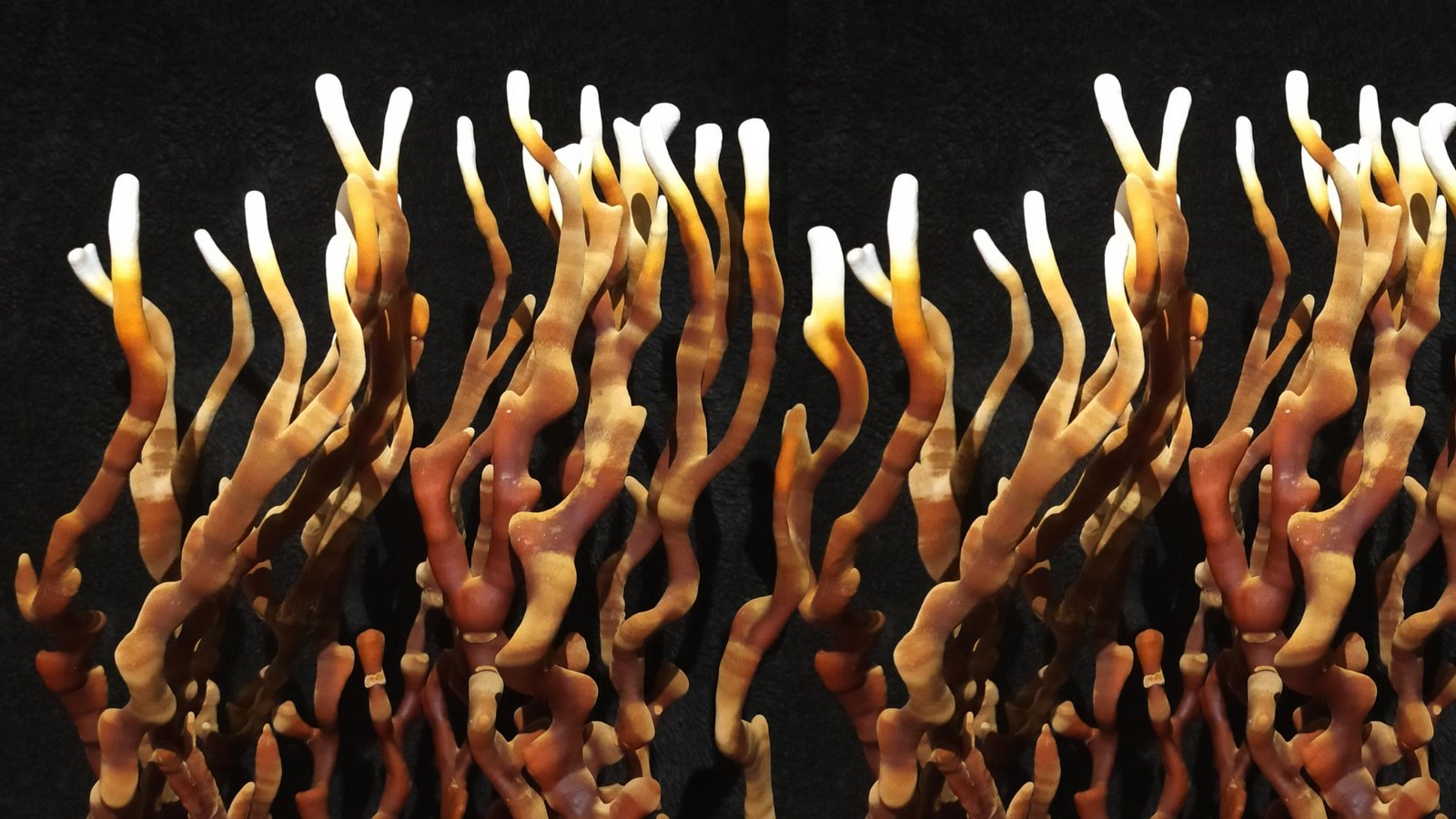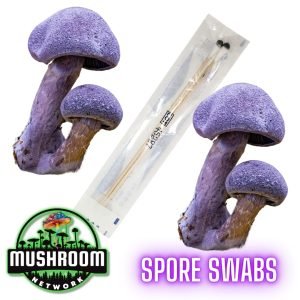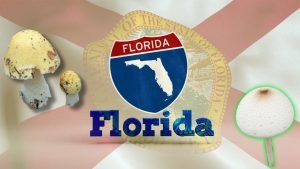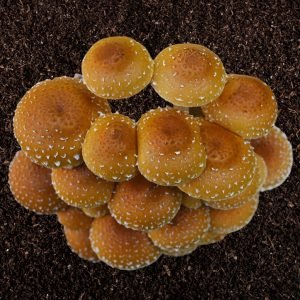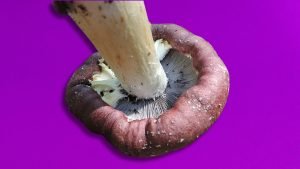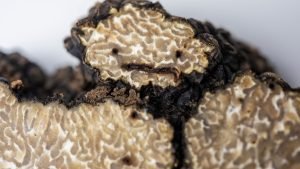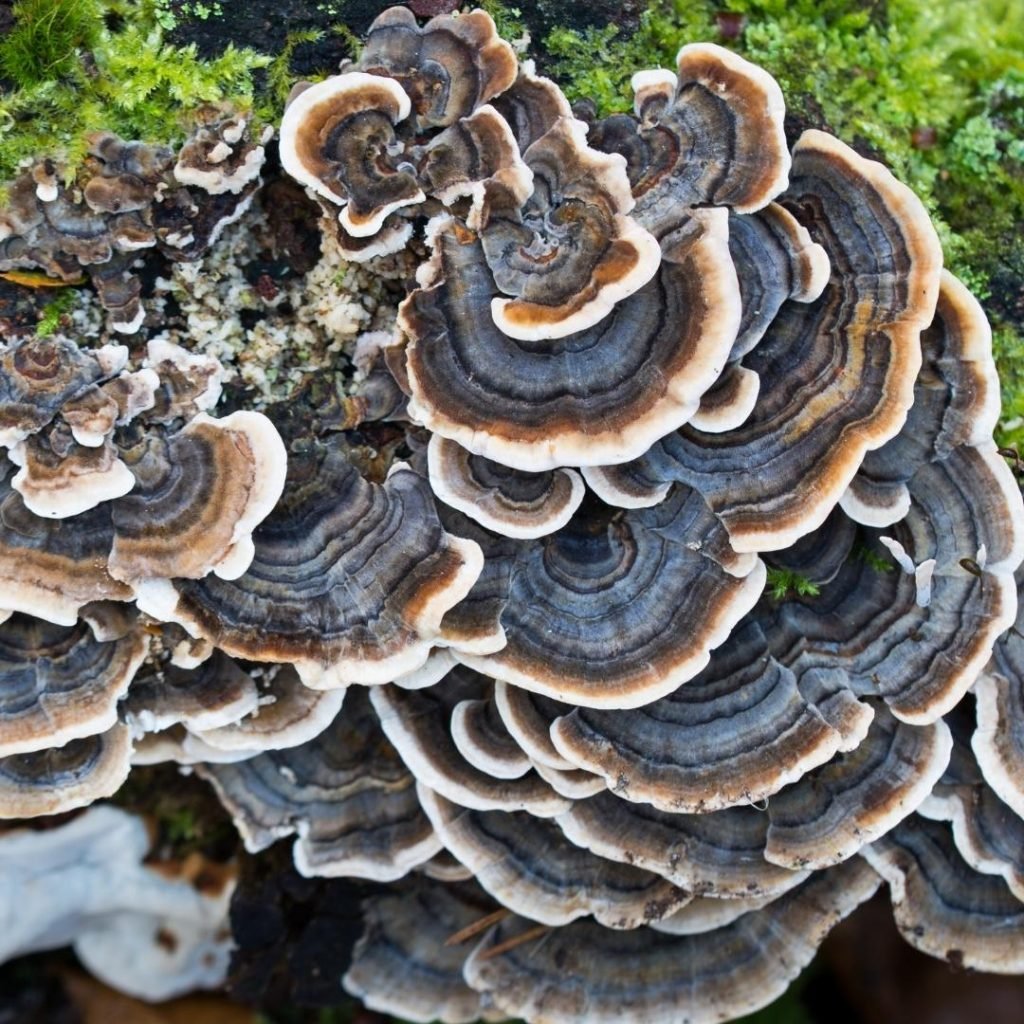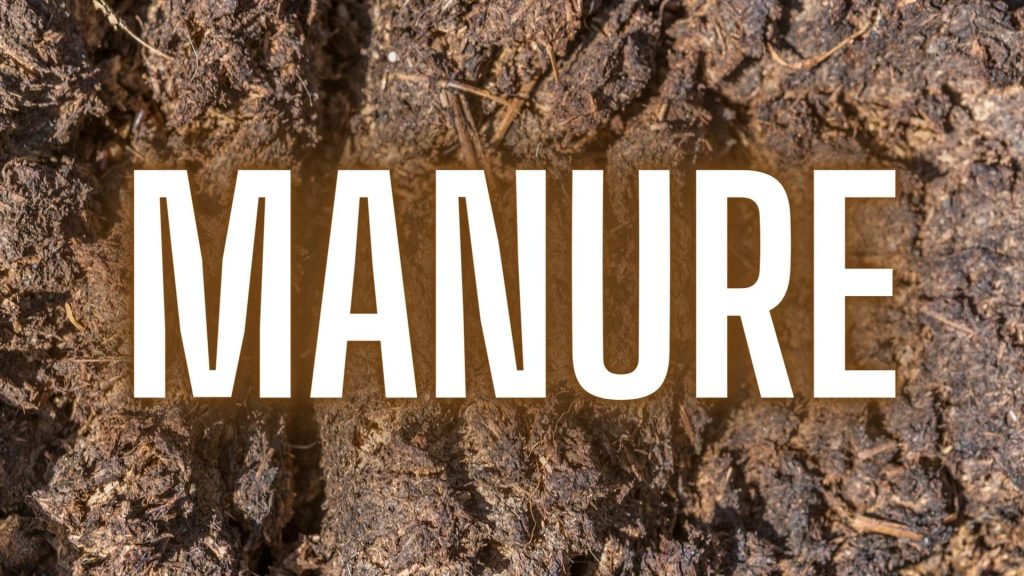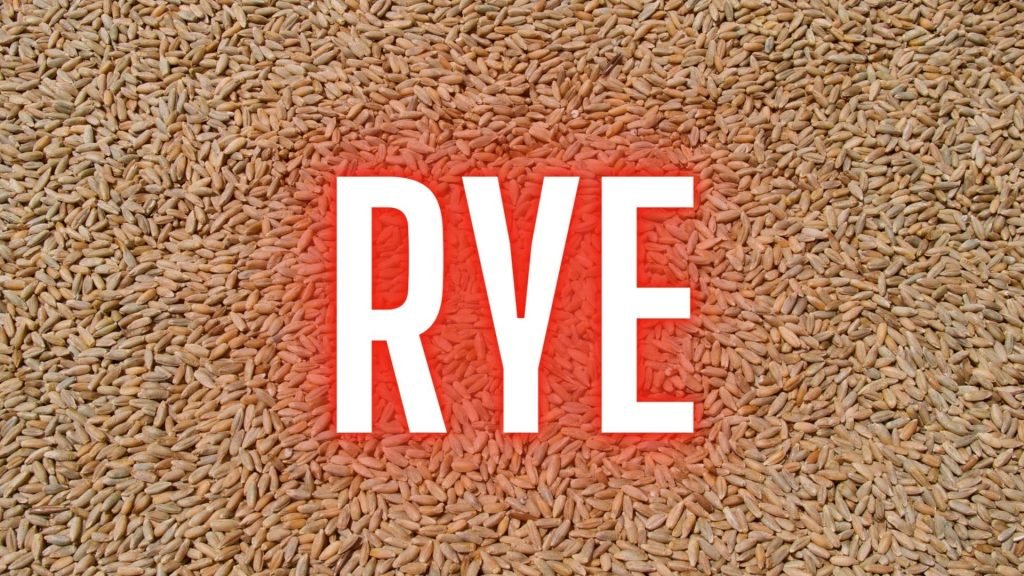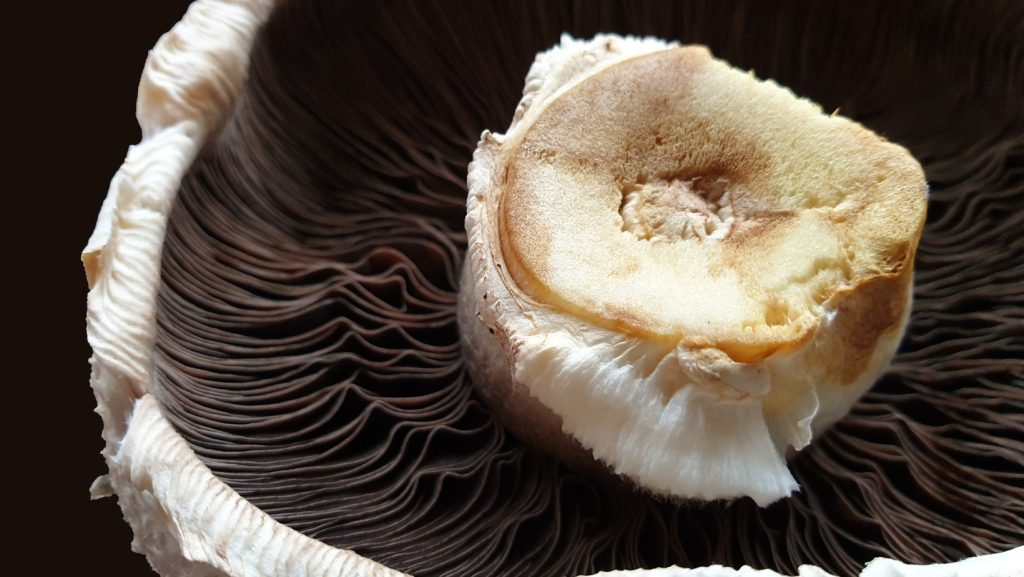The Antler Reishi mushroom, scientifically known as Ganoderma Multipileum, represents a spectacular form of life that exhibits not only a unique morphology but also a remarkable array of medicinal properties. A member of the esteemed Ganoderma genus, its name means “many pores” in Latin, a fitting description for this intriguing mushroom species.
Ganoderma Multipileum, native to warmer climates, typically presents a unique “antler” form under certain environmental conditions. While most people may recognize the Reishi mushroom for its glossy, kidney-shaped cap, the Antler Reishi grows into elongated shapes that resemble deer antlers when deprived of the necessary carbon dioxide levels to form a cap. In addition to its stunning appearance, the Antler Reishi carries a rich history of use in traditional Chinese medicine, utilized for its potential immune-boosting, anti-inflammatory, and anti-cancer properties.
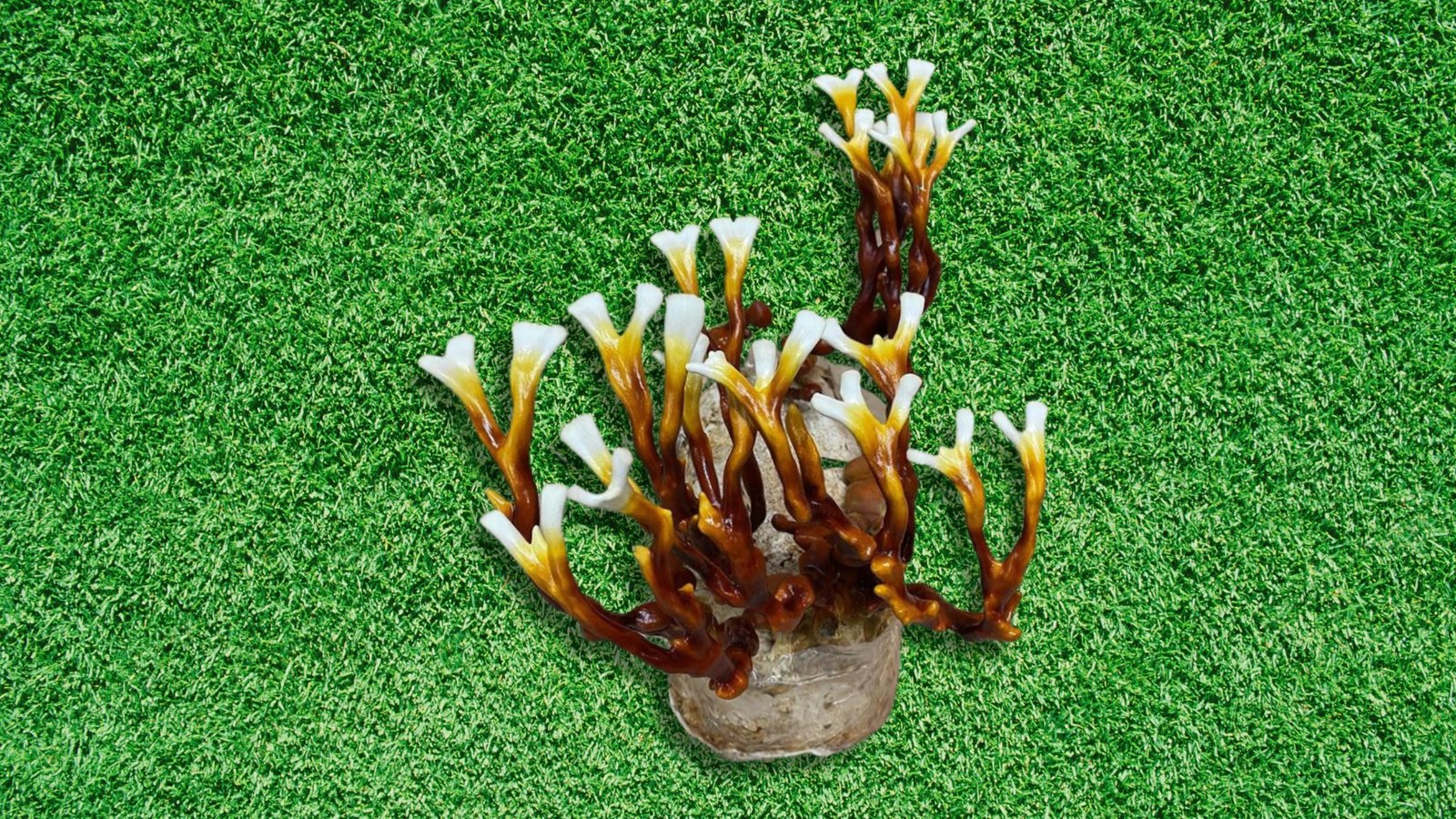
UNDERSTANDING GANODERMA MULTIPILEUM:
The first step in cultivating any mushroom is understanding its natural environment. For Ganoderma Multipileum, this means tropical or subtropical forests where it naturally decomposes dead hardwood. It tends to prefer warm, humid conditions with a high level of CO2. When growing the mushroom at home, it’s essential to recreate these conditions as closely as possible.
The mushroom’s unique antler shape forms in environments with high CO2 levels, typically in nature when the mushroom’s growth is somewhat constricted. In cultivation, this can be replicated by limiting fresh air exchange in the early stages of development.
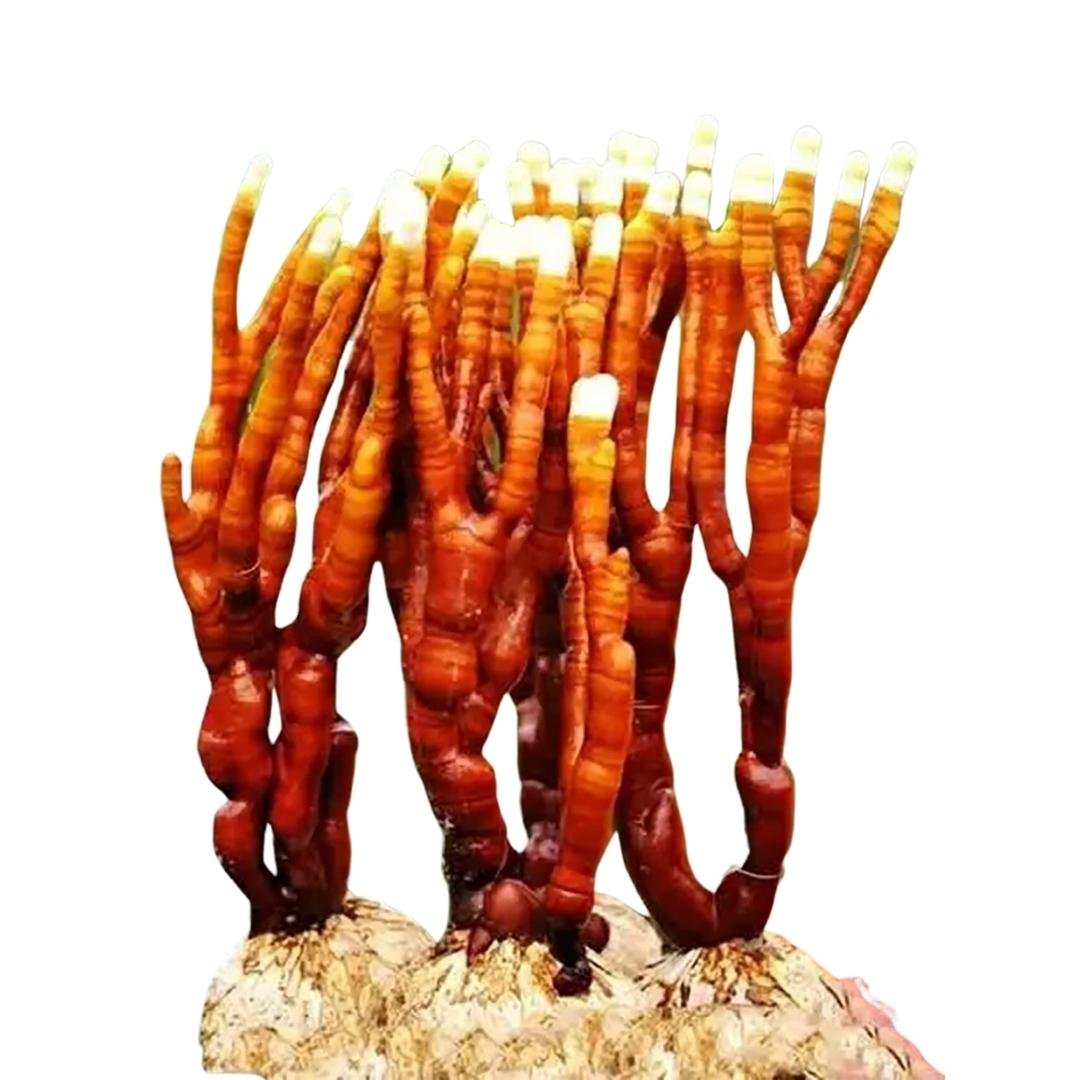
CULTIVATION TECHNIQUES:
When growing Ganoderma Multipileum, you can start from either spores or tissue cultures. For beginners, tissue cultures, also known as spawn, might be a more straightforward option. These can be bought from reputable suppliers.
Your growing medium should be hardwood based, mimicking the mushroom’s natural habitat. A mixture of hardwood sawdust and wheat bran is a common choice. Once the substrate is fully colonized, it should be placed in a fruiting chamber with high humidity and CO2 levels to encourage antler formation. It’s essential to monitor the growing environment closely, as variations in CO2, light, temperature, and humidity levels can all impact the shape and size of your mushrooms.
The universe of mushrooms is expansive, each variant bearing its own unique charm and characteristics. The Marketplace on the 🍄 Mushroom Network is a testament to this diversity. It is a haven for those seeking a deeper understanding of the magical world of mushrooms. If you’re keen on learning more about this type of mushroom and other mushroom variants, this Marketplace is your ultimate resource.
HARVESTING AND USES:
Once the fruiting bodies have matured – usually indicated by a slowdown in growth and the appearance of pores on the underside – they can be harvested. This is typically 2-3 months after moving to the fruiting chamber.
In terms of their use, Antler Reishi mushrooms are typically dried and used to make tea or tinctures due to their woody texture. Both methods allow the beneficial compounds to be extracted and easily consumed. Antler Reishi, like other Ganoderma species, contains a variety of bioactive compounds, including triterpenoids and polysaccharides, which have been researched for their immune-modulating and anti-inflammatory effects.
Not sure where to start? The 🍄 Mushroom Academy offers a wide range of courses tailored to your needs. Whether you’re a beginner eager to learn or an experienced mycologist looking to broaden your knowledge, the 🍄 Academy has something for everyone.
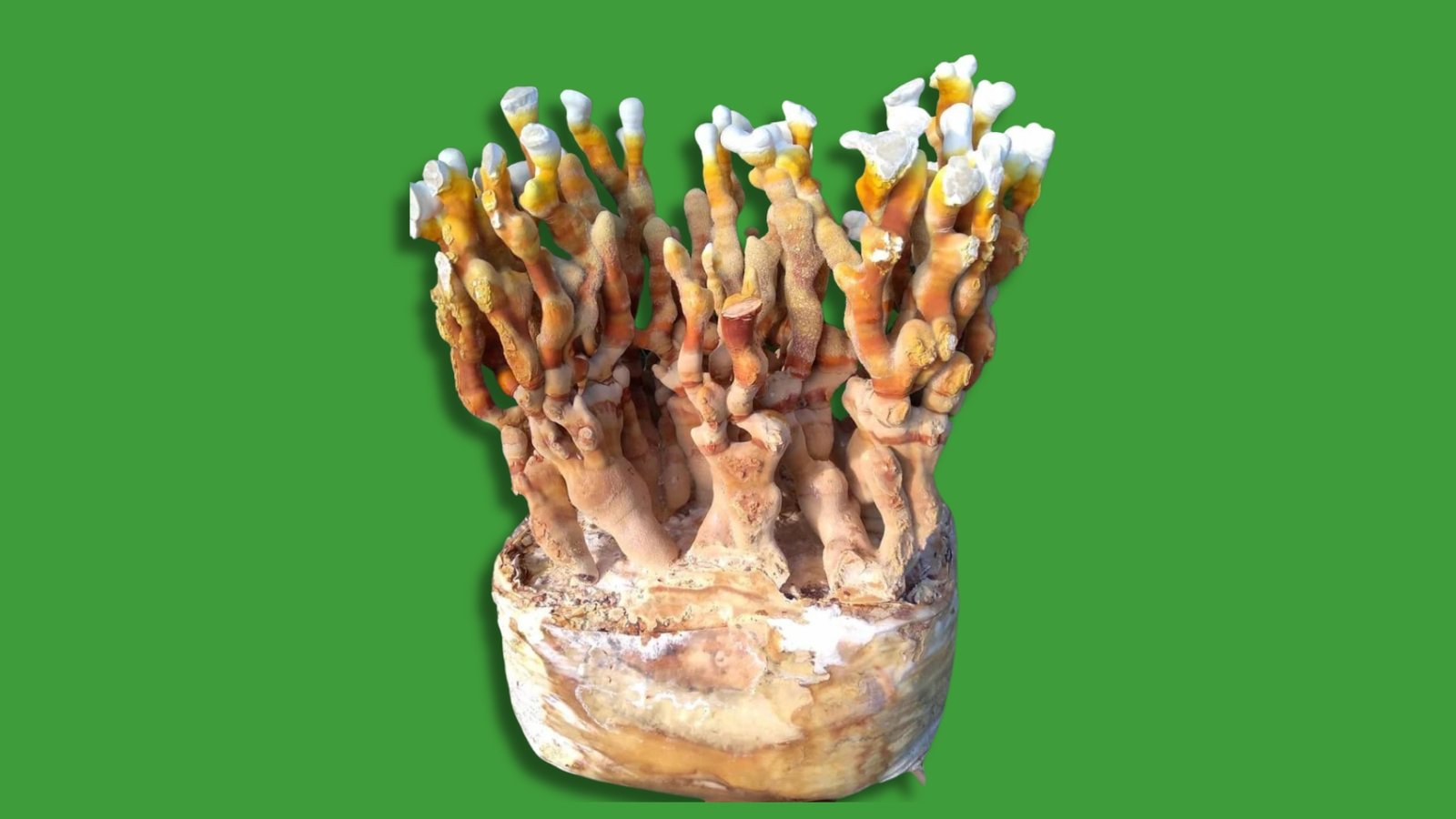
Mycelium Metamorphosis:
The cultivation journey of the Antler Reishi mushroom is indeed an insightful one. It is a process that demands patience, understanding, and careful manipulation of environmental factors. But the reward – a beautiful, medicinal mushroom – makes all the effort worthwhile.
Don’t forget to check out the 🍄 Mushroom Network’s Marketplace to see what’s available. But hurry, our shelves are constantly evolving, and you wouldn’t want to miss out on this wonderful mushroom. Join our growing network of Patrons, Genetics, and Mycologist Vendors only on the 🍄 Mushroom Network!
Recommended Reads:
Florida’s Toxic Beware: Mushrooms to Avoid
About This Article: Florida’s beauty hides a toxic secret! 🍄 Dive into our guide on...
Read More...Chestnut (Pholiota Adiposa)
SCIENTIFIC NAME: (Pholiota Adiposa) COMMON NAME(S): Chestnut Mushroom | Shimeji | Chestnut Bolete | Chestnut...
Read More...Stropharia Rugosoannulata: A Mycologist’s Treasure
For the mycologist, every mushroom has a story to tell, and Stropharia Rugosoannulata is no...
Read More...Truffles Unearthed: The Science, Cultivation, and Gastronomy of Underground Fungi
Truffles are an enigmatic and highly coveted group of fungi that grow underground in a...
Read More...Whoa there, Spore Sport! 🍄 Looks like you’re not logged in yet. Don’t you know what you’re missing? MYCO-CREDITS! Imagine all the fungal fun you could have. It’s like finding a Morel in May and not picking it. Tragic, right? Log In or Become a Myco-Patron and start racking up those credits. It’s more rewarding than finding a mushroom in your backyard! 🌟🏡
